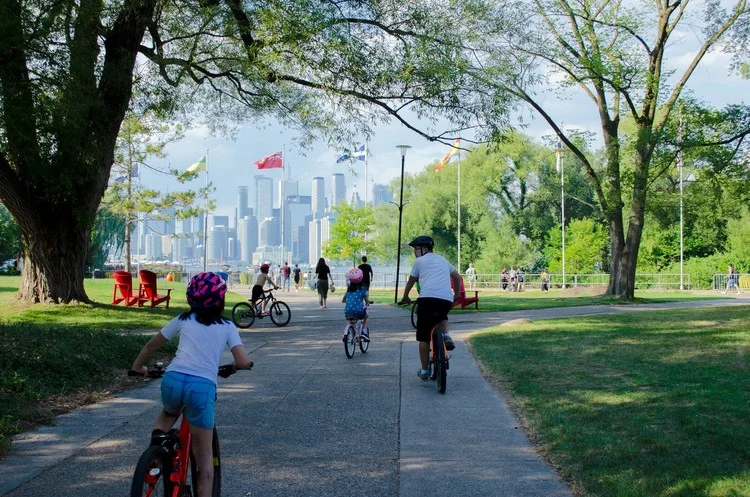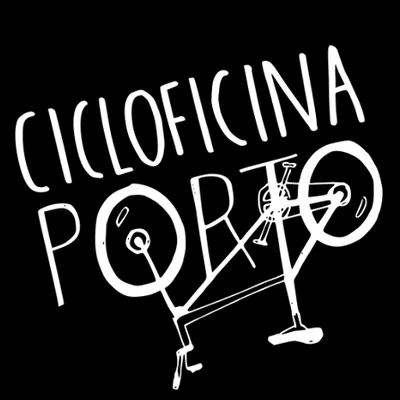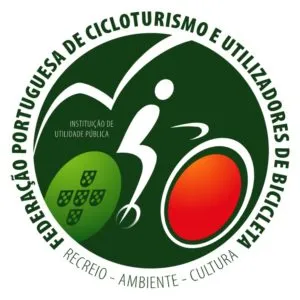5 Ways Critical Mass Events Transform Urban Spaces
Written by Afonso Ramos on April 25, 2025

5 Ways Critical Mass Events Transform Urban Spaces
In cities worldwide, the monthly phenomenon of Critical Mass brings hundreds - sometimes thousands - of cyclists together, temporarily transforming car-dominated streets into vibrant, human-scaled spaces. While often viewed primarily as protest rides or social events, Critical Mass has profound effects on urban environments that extend far beyond the rides themselves.
1. Reimagining Street Space
Perhaps the most immediate impact of Critical Mass is the visual demonstration of how differently our streets could function. For a few hours each month:
- Streets become social spaces: Rather than merely serving as corridors for movement, streets transform into places for interaction, conversation, and community building.
- The car-human ratio shifts: In a typical city, cars command disproportionate space relative to the number of people they transport. Critical Mass visually demonstrates a more efficient use of public space. The space occupied by 100 cars, which on average contains 150 people, could instead fit 1,000 parked bicycles or 400 to 600 moving cyclists.
- Noise and pollution decrease: The absence of engine noise and exhaust creates a temporarily cleaner environment, offering a glimpse of what car-free urban areas could feel like.
This physical transformation, although temporary, plants seeds in the minds of participants and observers alike about alternative possibilities for urban design. Many cities that now feature pedestrian zones, bicycle boulevards, and other people-centered infrastructure trace the origins of these changes to awareness raised by Critical Mass and similar movements.
2. Building Community Connections
Critical Mass functions as a rolling social network that strengthens community bonds:
- Cross-demographic mixing: The rides bring together people across age, income, and cultural divides who might otherwise never interact.
- Shared experience: Participants frequently describe feeling a sense of belonging and solidarity that’s increasingly rare in modern urban life.
- Knowledge exchange: Casual conversations during rides often lead to sharing of information about cycling routes, bike maintenance, and civic engagement opportunities.
These social connections extend beyond the rides, spawning cycling clubs, advocacy organizations, and even small businesses. In many cities, bike repair co-ops, bike-themed cafes, and cycling-focused community projects can trace their origins to relationships formed during Critical Mass.
3. Changing Transportation Behaviors
Research suggests that visible cycling activity increases cycling participation - a phenomenon sometimes called “social diffusion.” Critical Mass contributes to this cycle:
- Draws attention to cycling: The visibility of large group rides normalizes cycling as transportation.
- Creates safety through numbers: New cyclists often report feeling more comfortable starting to ride in their city after experiencing the safety of a Critical Mass event.
- Demonstrates practical routes: Participants discover new pathways through their cities, often leading to changes in their daily commuting habits.
Transportation planners have noted meaningful increases in everyday cycling in cities with active Critical Mass events, suggesting the rides serve as an entry point to routine bicycle transportation.
4. Influencing Urban Policy
Perhaps the most lasting impact of Critical Mass comes through its influence on urban policy:
- Creates political pressure: The visibility of the rides forces politicians to address cycling infrastructure and safety.
- Builds advocacy skills: Participants often become more engaged in formal planning processes after experiencing Critical Mass.
- Highlights infrastructure gaps: Routes frequently reveal problematic areas in need of improvement, essentially creating a moving audit of a city’s bike-friendliness.
In cities from San Francisco to Barcelona, Critical Mass has directly influenced policy decisions that led to expanded bicycle lanes, improved intersections, and bicycle-friendly legislation.
5. Reclaiming Public Space Psychologically
Beyond physical and policy changes, Critical Mass creates psychological shifts in how people perceive urban space:
- Challenges car dominance: By temporarily inverting the usual hierarchy of transportation, the rides demonstrate that car-centricity is a choice, not an inevitability.
- Creates “possible cities”: Participants experience a version of their city that exists only briefly but opens mental pathways to imagining permanent changes.
- Builds transportation confidence: Many people discover they can navigate their cities by bicycle more easily than they had thought, expanding their sense of personal mobility.
These psychological shifts often prove the most enduring legacy of Critical Mass, as they fundamentally change how participants conceptualize their relationship to urban space.
The Collective Impact
While individual Critical Mass events might appear as temporary disruptions to urban flow, their cumulative effect over months and years is profound transformation. Cities with long-running Critical Mass traditions - like San Francisco, Budapest, and São Paulo - have become notably more bicycle-friendly, both culturally and infrastructurally.
The beauty of Critical Mass lies in its dual nature: it functions simultaneously as celebration and protest, as social gathering and political statement. This multifaceted character allows it to influence urban development through multiple channels, from direct policy pressure to subtle shifts in public perception.
Whether you’re a regular participant, an occasional rider, or simply someone interested in how cities evolve, understanding these transformative aspects of Critical Mass reveals it as much more than a monthly bike ride - it’s a catalyst for reimagining what our urban spaces could be.
Next time you hear the bells and cheers of Critical Mass passing through your city, consider joining in. You’ll not only experience your streets differently for a few hours but also participate in a gentle revolution that’s gradually reshaping urban environments worldwide.






